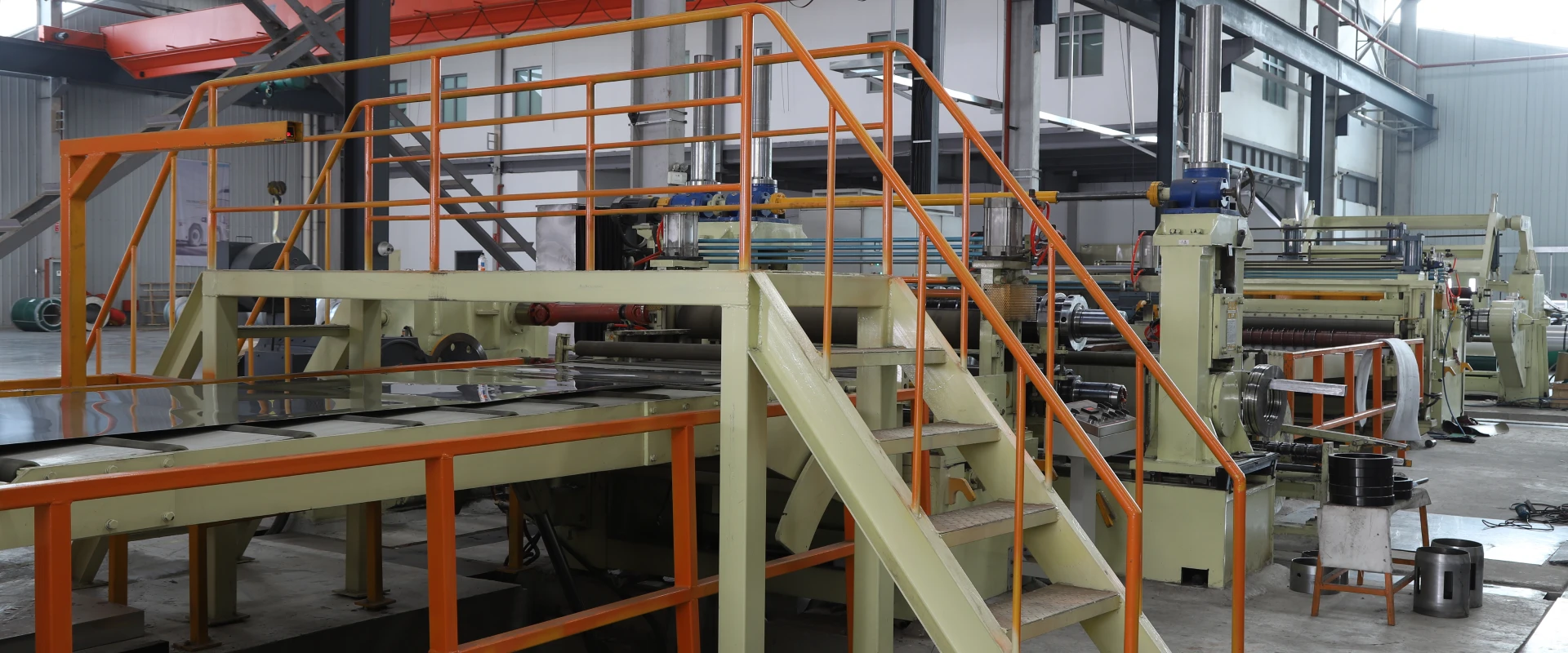Uncovering the Deeper Reasons Behind the Ups and Downs of Titanium Material Prices
Titanium is one of the most valuable metals in the world, prized for its strength, lightness, and resistance to corrosion. It's a crucial material in industries such as aerospace, medical devices, automotive, and energy production. However, titanium material prices have shown considerable fluctuations over the years, leading to significant challenges for buyers and manufacturers alike. Understanding the factors driving these price swings is essential for anyone involved in sourcing, purchasing, or producing titanium. In this article, we will explore the key reasons behind the price volatility of titanium materials and how these factors interact to shape the market.

The Role of Titanium in Global Industries
Titanium is not just a metal; it’s a cornerstone of numerous high-performance industries. From jet engines to medical implants, its combination of strength, lightness, and durability makes it indispensable. Aerospace companies rely on titanium for its ability to withstand extreme temperatures and its lightweight properties, which enhance fuel efficiency. In the medical field, titanium’s biocompatibility makes it ideal for implants, prosthetics, and surgical instruments. The automotive industry uses titanium in high-performance vehicles, while energy companies depend on it for components that must resist corrosive environments.
Given titanium's widespread applications, price fluctuations can ripple across these industries, affecting production costs, end-user prices, and even availability of finished products.
Key Factors Influencing Titanium Prices
Titanium prices are influenced by a combination of supply-side and demand-side factors, as well as broader economic trends. Below are the main elements that determine the price of titanium materials:
A. Global Supply and Demand
The titanium market operates in a delicate balance of supply and demand, with shifts in either side directly affecting prices. Titanium is sourced primarily from two minerals: ilmenite and rutile. These minerals are mined in a limited number of countries, including Australia, South Africa, and China. When demand for titanium rises—whether due to growth in aerospace production or increased medical device manufacturing—the supply must keep up, often leading to price hikes. Conversely, when demand decreases, the price may fall as suppliers compete to clear stock.
Global demand fluctuations can also stem from macroeconomic conditions. For example, when global economies are thriving, industries such as aerospace see greater demand for titanium, driving prices up. Conversely, during economic slowdowns, demand typically drops, leading to price reductions.
B. Raw Material Costs (Titanium Ore)
The cost of the raw materials used to produce titanium, particularly ilmenite and rutile, plays a significant role in the price of the final product. Mining these ores is capital-intensive, involving complex processes to extract and refine the titanium. As a result, the cost of titanium ore directly influences production costs. Any disruption in the supply of these ores—such as a mining strike, regulatory changes, or geopolitical unrest—can cause titanium prices to rise, reflecting the increased difficulty of sourcing raw materials.
For example, when China, one of the largest producers of titanium ores, faces domestic issues affecting mining operations, global supply can drop, pushing prices upward.
C. Geopolitical Factors
Geopolitical tensions and instability in titanium-producing regions can create supply chain disruptions, leading to price volatility. The international trade environment is also a key consideration. Trade policies, tariffs, and export restrictions can increase the cost of titanium for foreign buyers, adding another layer of unpredictability to prices.
For instance, when countries like Russia or China impose export controls or tariffs on titanium ore or finished products, international buyers may experience price hikes due to the limited availability of titanium. Political tensions between major titanium producers and consumers—especially when sanctions or trade wars are involved—can also exacerbate these fluctuations.
Market Dynamics and Speculation
The titanium market is not immune to the forces of market speculation, which can cause short-term price swings independent of the underlying supply-demand balance. Below, we discuss how these factors come into play:
A. Titanium Futures and Stock Market Speculation
Like many other commodities, titanium prices can be affected by futures markets and investor sentiment. Traders may speculate on the future price of titanium based on factors such as economic forecasts, geopolitical developments, or expected supply shortages. This speculation can lead to price surges or declines that are not immediately linked to actual changes in supply or demand.
For example, if investors believe that demand for titanium will rise due to increased aerospace production, they might buy up titanium futures, driving prices up even if current market conditions don't reflect such a demand spike. This can create price volatility in the short term.
B. Major Companies and Industry Monopolies
Titanium production is concentrated in a few large companies, which can exert significant influence over market prices. Companies like VSMPO-AVISMA, one of the largest titanium producers, and TIMET, a major supplier of titanium products, can shape pricing through their production levels, strategic decisions, and pricing models. When these companies experience operational issues, such as labor strikes, production delays, or shifts in pricing strategies, they can impact global titanium prices.
Additionally, the consolidation of industry players or the formation of monopolies can lead to price-setting behavior, further contributing to volatility. Price hikes might occur when a dominant company reduces output or shifts its pricing structure, triggering a ripple effect throughout the market.
External Shocks and Economic Cycles
Titanium prices are also influenced by broader external factors and economic cycles that can either boost or suppress demand for the material.
A. Impact of Global Crises (e.g., Pandemics, Natural Disasters)
Global crises, such as the COVID-19 pandemic, can disrupt supply chains and lead to short-term price fluctuations. For example, during the early stages of the pandemic, manufacturing plants across the globe shut down, including those in the titanium industry. The resulting supply shortages drove prices up, while decreased demand in certain sectors caused a brief drop. Natural disasters, such as hurricanes or floods, that impact key titanium production areas can similarly cause disruptions, further exacerbating volatility.
B. Economic Recessions and Booms
The broader economic climate plays a crucial role in determining the demand for titanium. During times of economic expansion, industries like aerospace, automotive, and energy see an uptick in demand for titanium, pushing prices higher. However, in economic downturns, such as recessions, demand typically decreases as production slows, leading to price reductions.
The cyclical nature of economic booms and busts means that titanium prices often rise during periods of growth and fall during times of economic contraction. For manufacturers, this means that pricing strategies must account for these fluctuations.
Why Price Volatility Matters for Titanium Buyers and Sellers
Price volatility in titanium can have serious implications for businesses that rely on this material. Manufacturers must manage the unpredictability of prices when negotiating long-term contracts, setting production budgets, and forecasting costs. For buyers, sudden price hikes can lead to budget overruns, while sellers may struggle to maintain profitability if prices fall too quickly.
To mitigate these risks, businesses often engage in long-term contracts with titanium suppliers or invest in price forecasting tools that help predict future trends. Additionally, some companies may hedge against price swings by securing titanium at current prices to lock in future supply at a predictable cost.
Titanium prices are influenced by a complex mix of supply, demand, geopolitical factors, technological advances, and broader economic conditions. Understanding the key drivers of titanium price fluctuations can help businesses better prepare for market shifts and manage their procurement strategies effectively. Whether through monitoring raw material costs, staying informed on geopolitical tensions, or analyzing market speculation, companies can make more informed decisions to navigate the ups and downs of the titanium market.
FAQ Section
Q1: Why does titanium cost more than other metals like aluminum?
Titanium is more expensive than aluminum due to its rarity, the complexity of its extraction, and its unique properties, such as high strength, low weight, and resistance to corrosion. These factors make it a high-performance material in demanding applications, justifying its higher cost.
Q2: How do tariffs on titanium imports affect global prices?
Tariffs can increase the cost of titanium for importing countries, as they add an additional layer of expense for companies purchasing titanium from abroad. This can cause titanium prices to rise, particularly in markets where tariffs are significant.
Q3: Can we expect titanium prices to stabilize in the near future?
While it's difficult to predict with certainty, some factors such as advancements in production technologies or new sources of titanium ore could contribute to price stabilization. However, global economic cycles, geopolitical tensions, and market speculation are likely to keep prices volatile in the foreseeable future.

